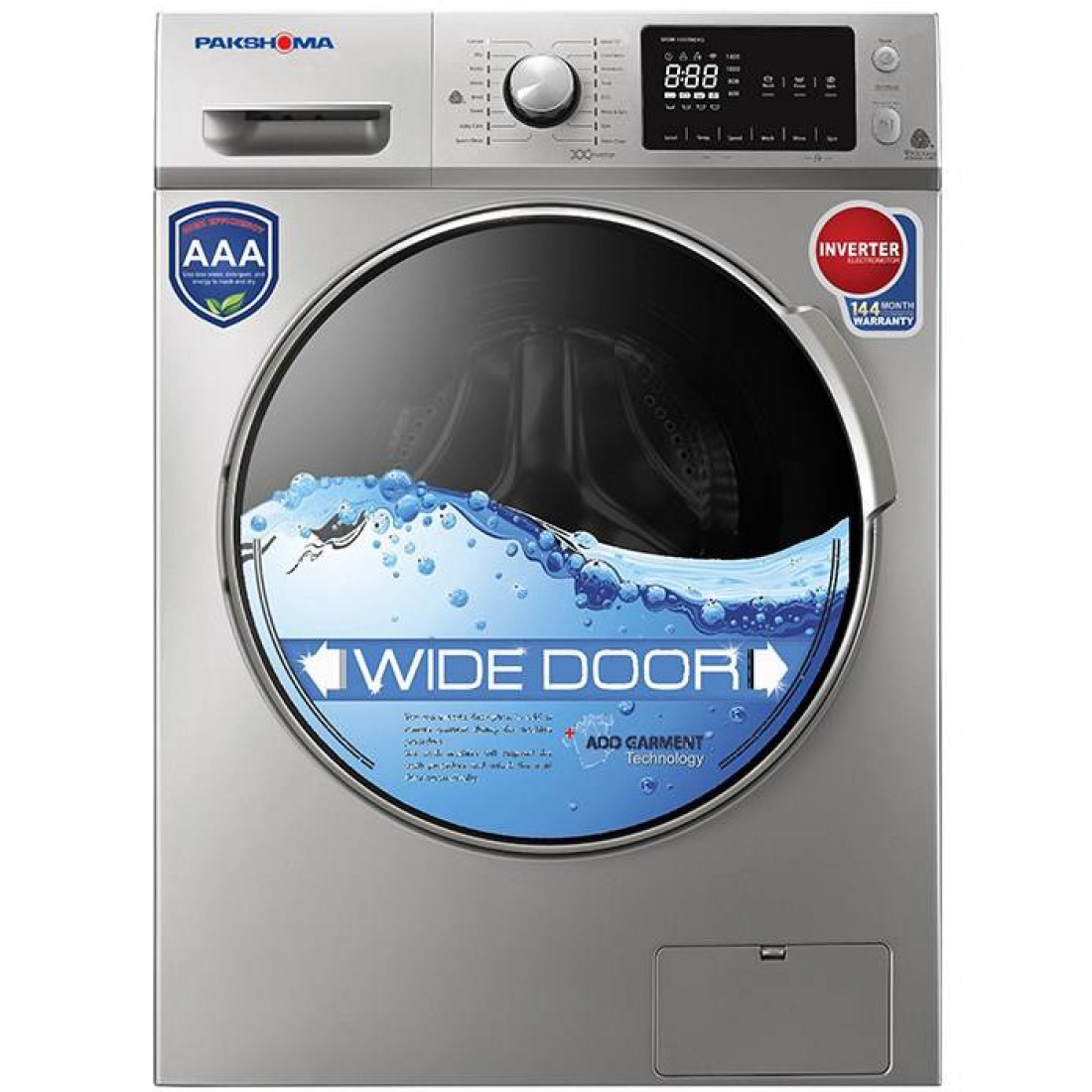Some of the methods which are used today to deposit materials onto a substrate are stemmed from the welding processes. Electro Spark Deposition (ESD) is one of the coating processes which many of its features are similar to the welding processes. Indeed, ESD is a micro-welding manufacturing process commonly used to repair mechanical components such as injection molds.
Introduction
Some of the methods which are used today to deposit materials onto a substrate are stemmed from the welding processes. Electro Spark Deposition (ESD) is one of the coating processes which many of its features are similar to the welding processes. Indeed, ESD is a micro-welding manufacturing process commonly used to repair mechanical components such as injection molds. This process can also be used for deposition of hard surface coatings. Electro spark deposition is also known as spark hardening, electrospark toughening, electrospark alloying, pulse fusion surfacing and pulsed electrode surfacing.
The underlying mechanism of the ESD is the same as other arc-based welding processes. This system works by sparking between electrode and base material. The electrode is consumable and made of desirable materials that is planned to be used as a coating. In this process, the electrode and work piece (substrate) work as the anode and cathode, respectively.
An ESD system is equipped with a capacitive power supply that can generate high electric current pulses in short intervals. During the coating process, short electric pulses ranging from a few microseconds to milliseconds occurs. The consumable electrode is deposited onto the work piece through the formation of electric sparks. When the stored electrical energy in capacitor is released, a very high temperature (8000 to 25000 °C) is generated between the tip of the electrode and the work piece. The consumable electrode is ionized by the plasma arc and a slight amount of it transferred onto the work piece. The transfer of material is rapid and the self-quenching is extremely fast.
ESD is capable of depositing wear and corrosion resistant coatings to repair, improve or extend the lifespan of components and tools. In this method, since the deposition rate and material transferring from electrode to the substrate is low, so this technique is only suitable for repairing components with minor defects. This deposition process can also be used to improve the wear and erosion resistance of the small components surfaces. The low heat input, which consequently maintains the electrode primary microstructure, is the other advantage of ESD which results from the short duration of electric pulses and low deposition rate.
Application
Some applications of this device are as follows:
- Superalloy coatings (IN738LC) on compatible substrates (corrosion resistant coatings)
- Deposition of different metallic materials like tungsten carbide coating (wear resistant coatings)
specification
The instrument works by sparking between electrode and base material. By formation of plasma arc, the electrode is melted and some molten droplets are transferred onto the substrate and create metallurgical bondings. These types of coatings can be used to renovate and deposit industrial parts. Details of technical specifications are presented in the following Table.
 Advantager of using nanotechnology
Advantager of using nanotechnology
ESD is a technique used to deposit coating on the different substrate materials. Since the final microstructure of coating directly depends on the electrode composition, as well as the heat input is low enough to preserve the electrode primary microstructure, so production of nanostructured and nanocomposite coatings by using ESD method is possible.






